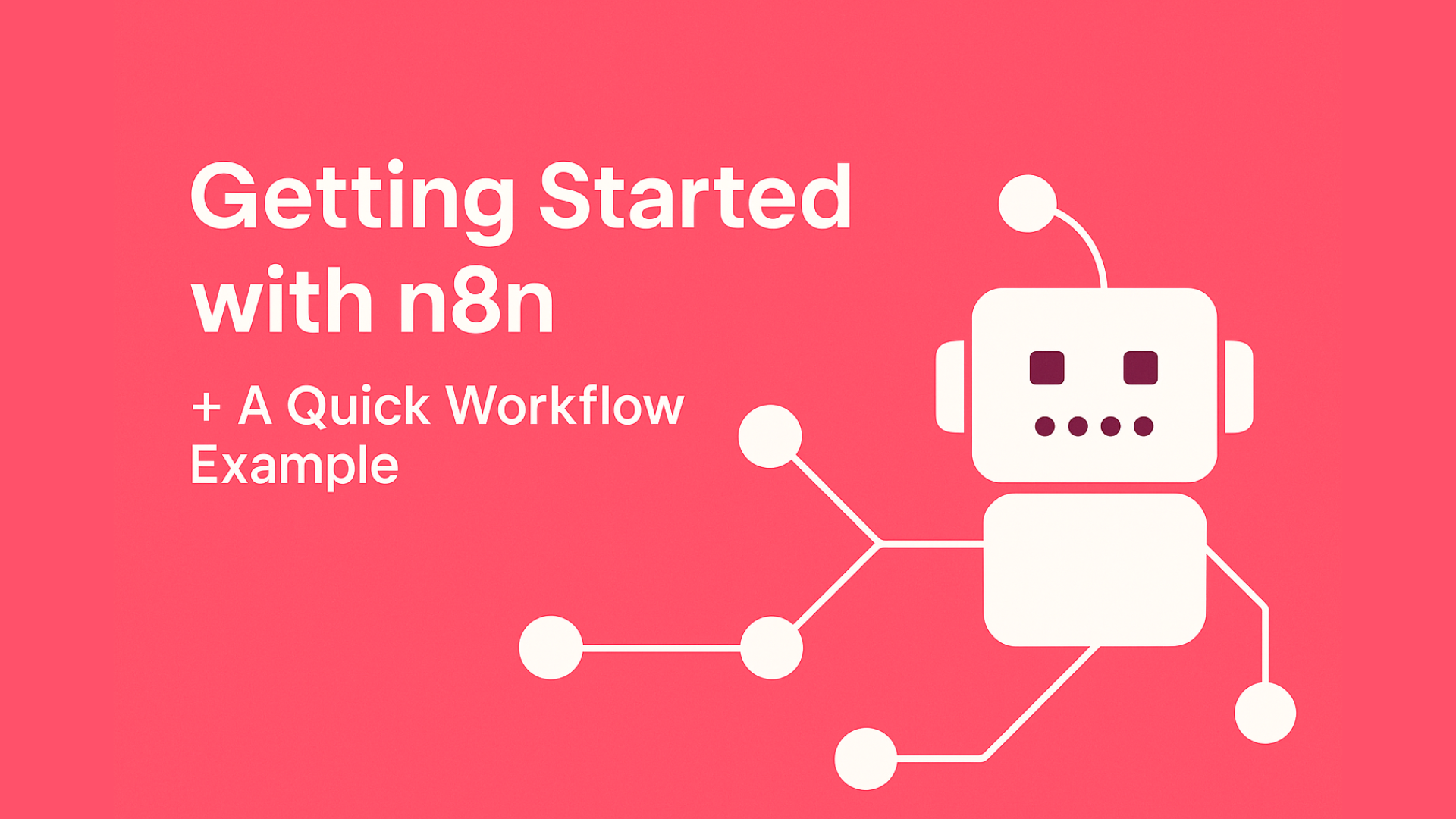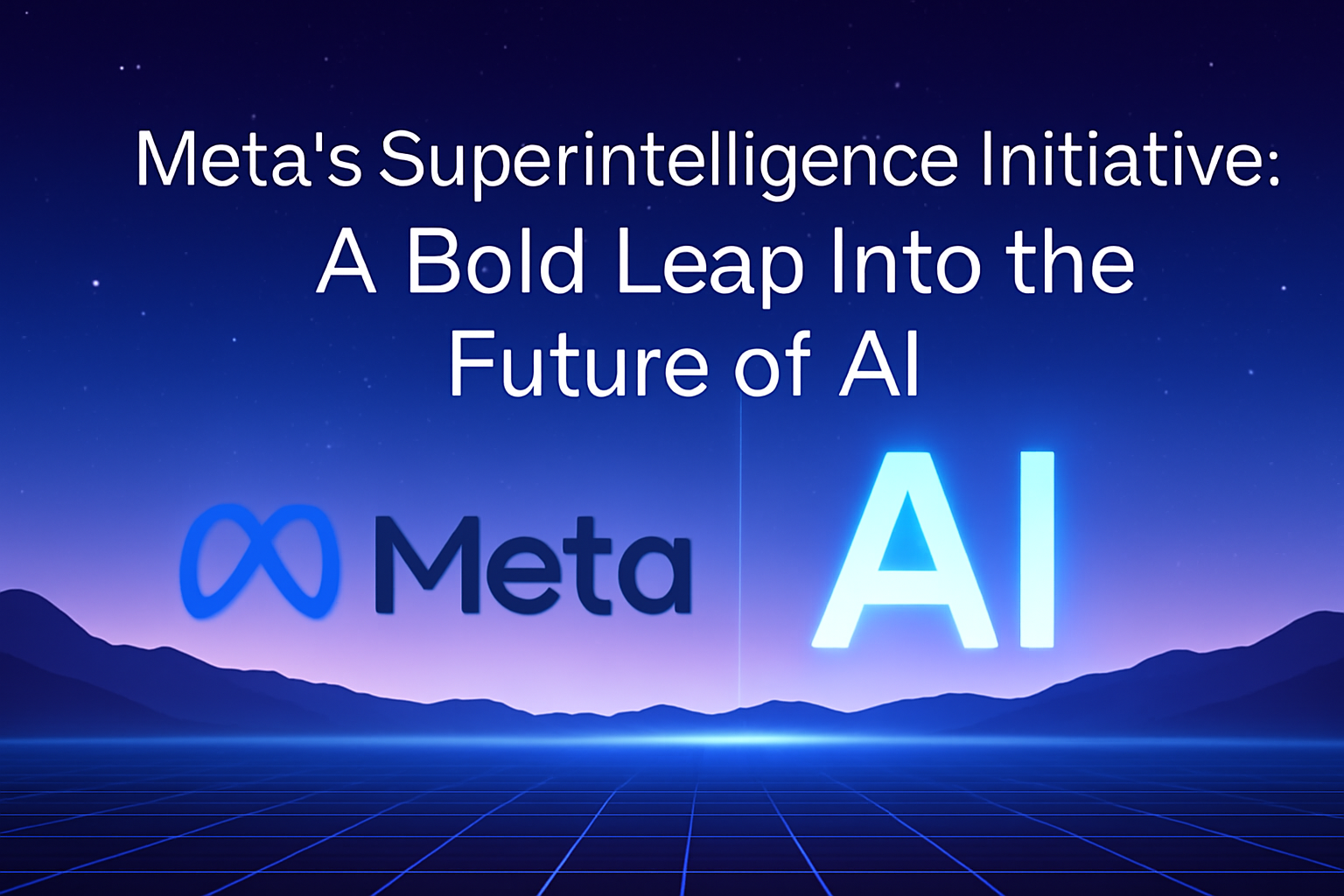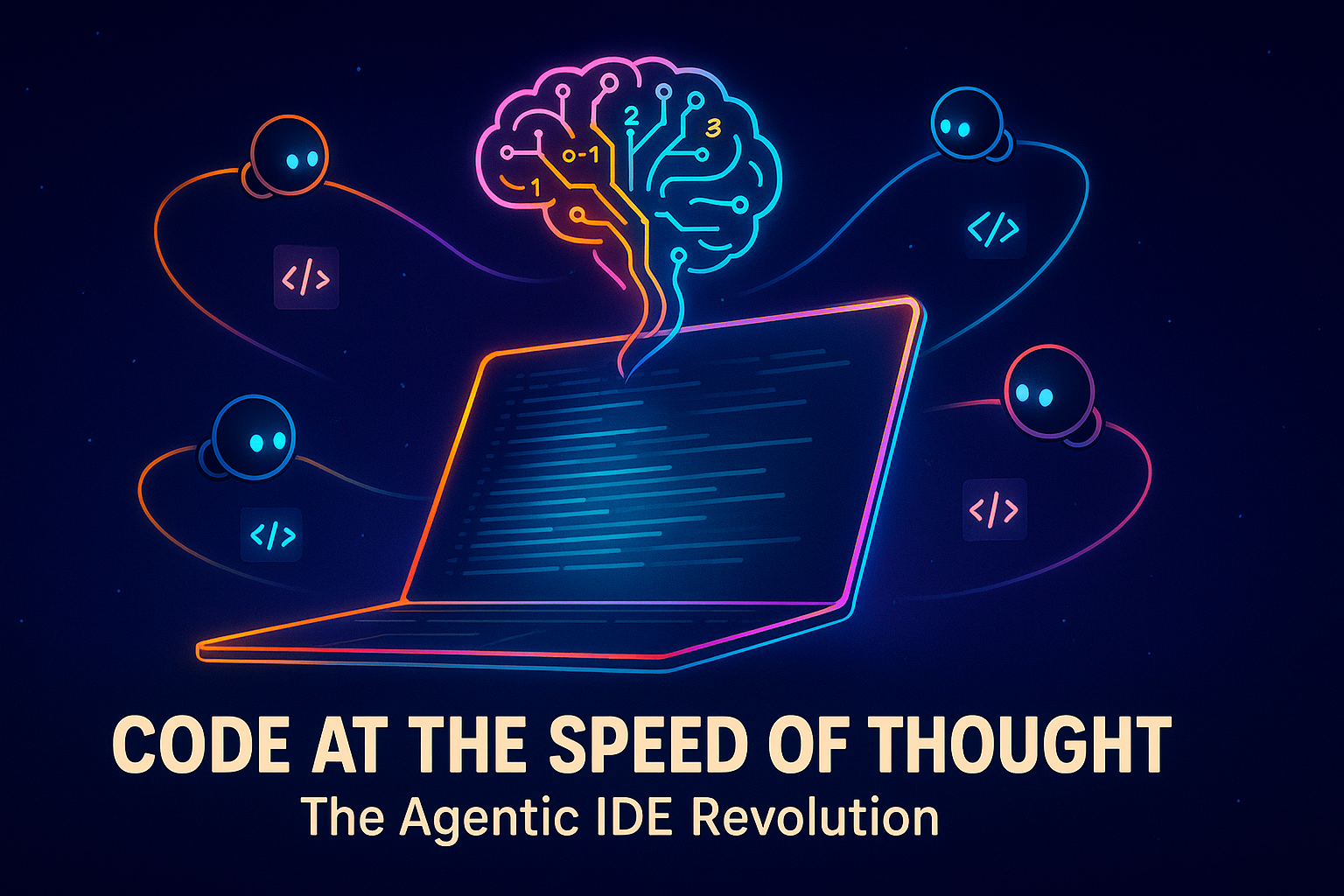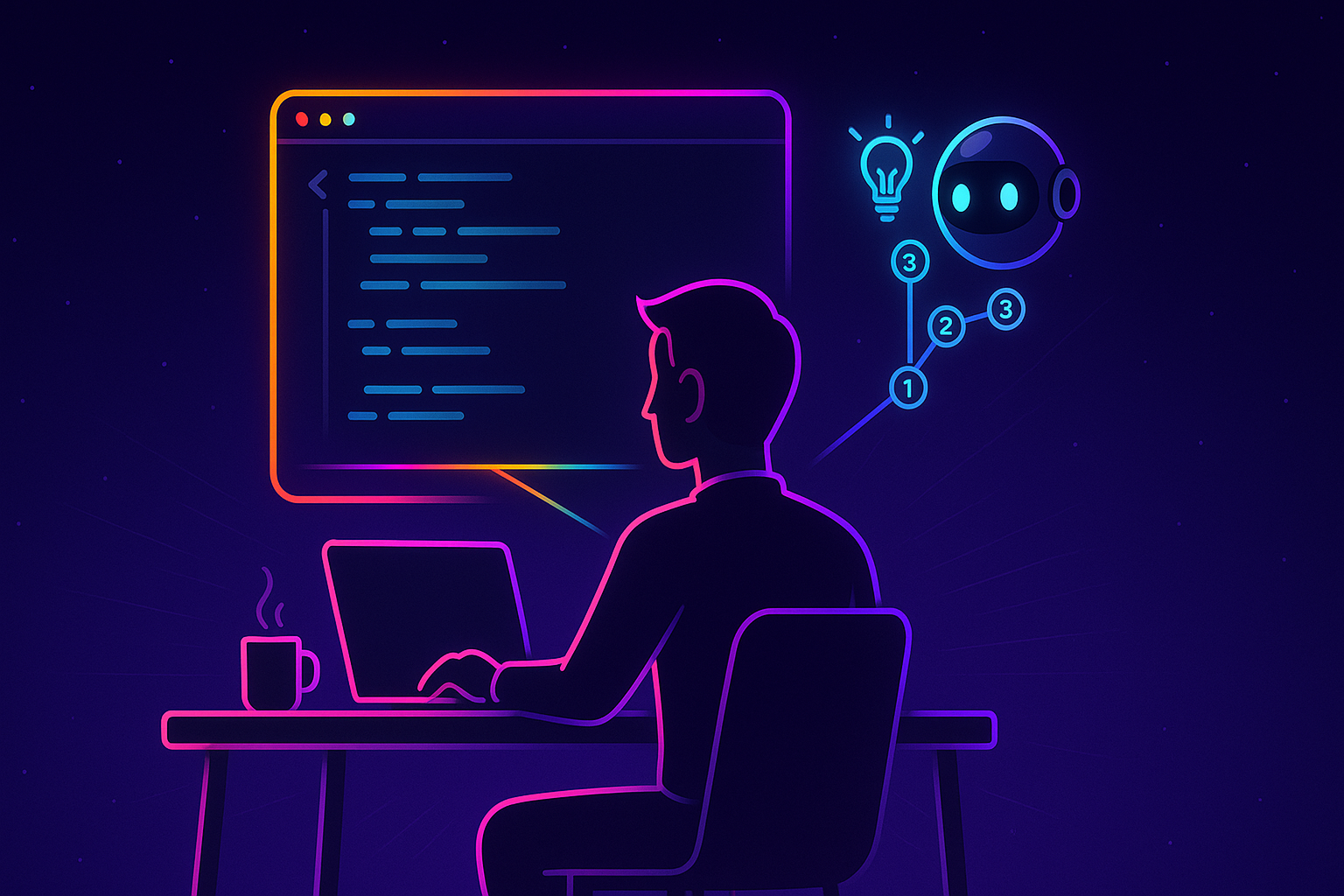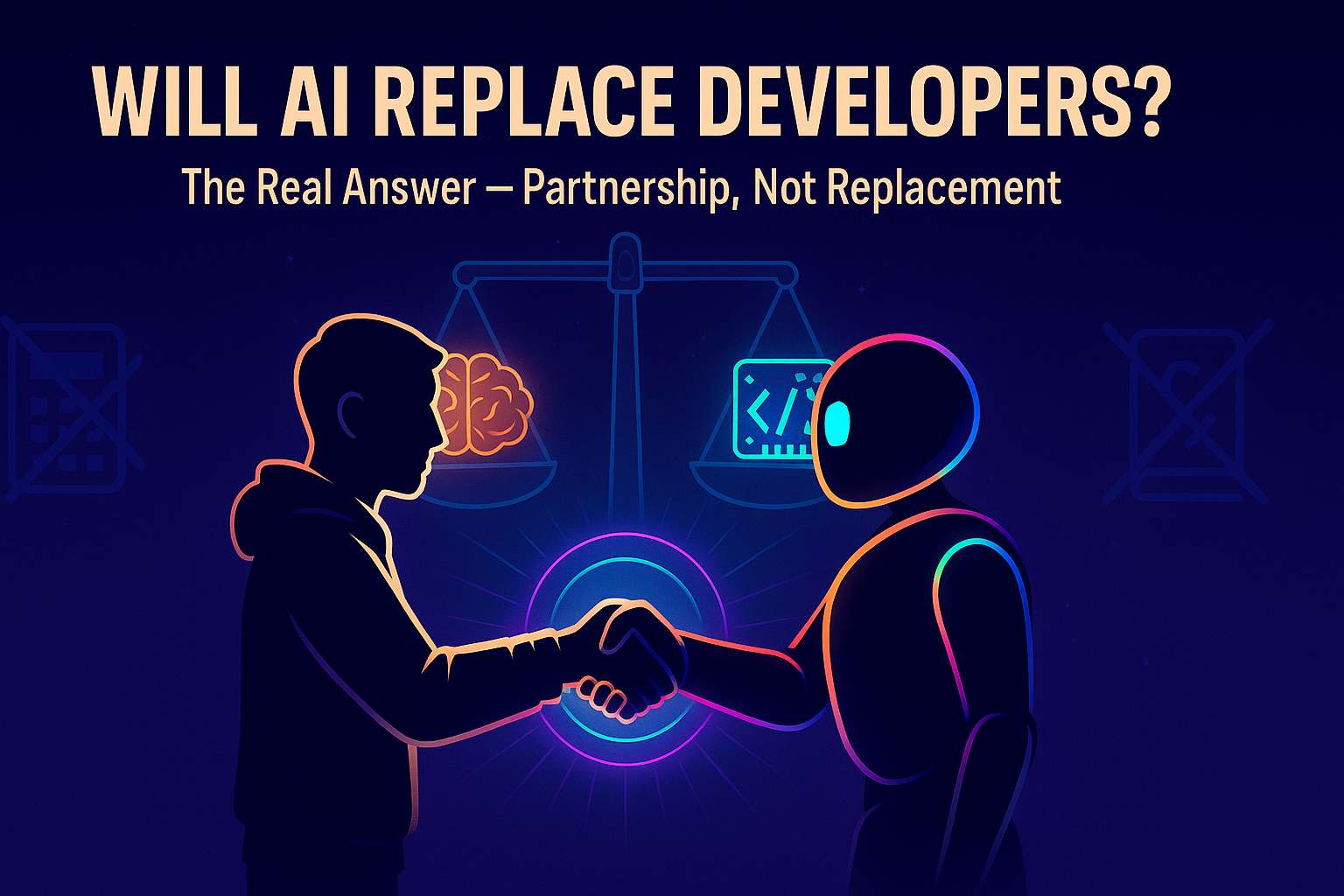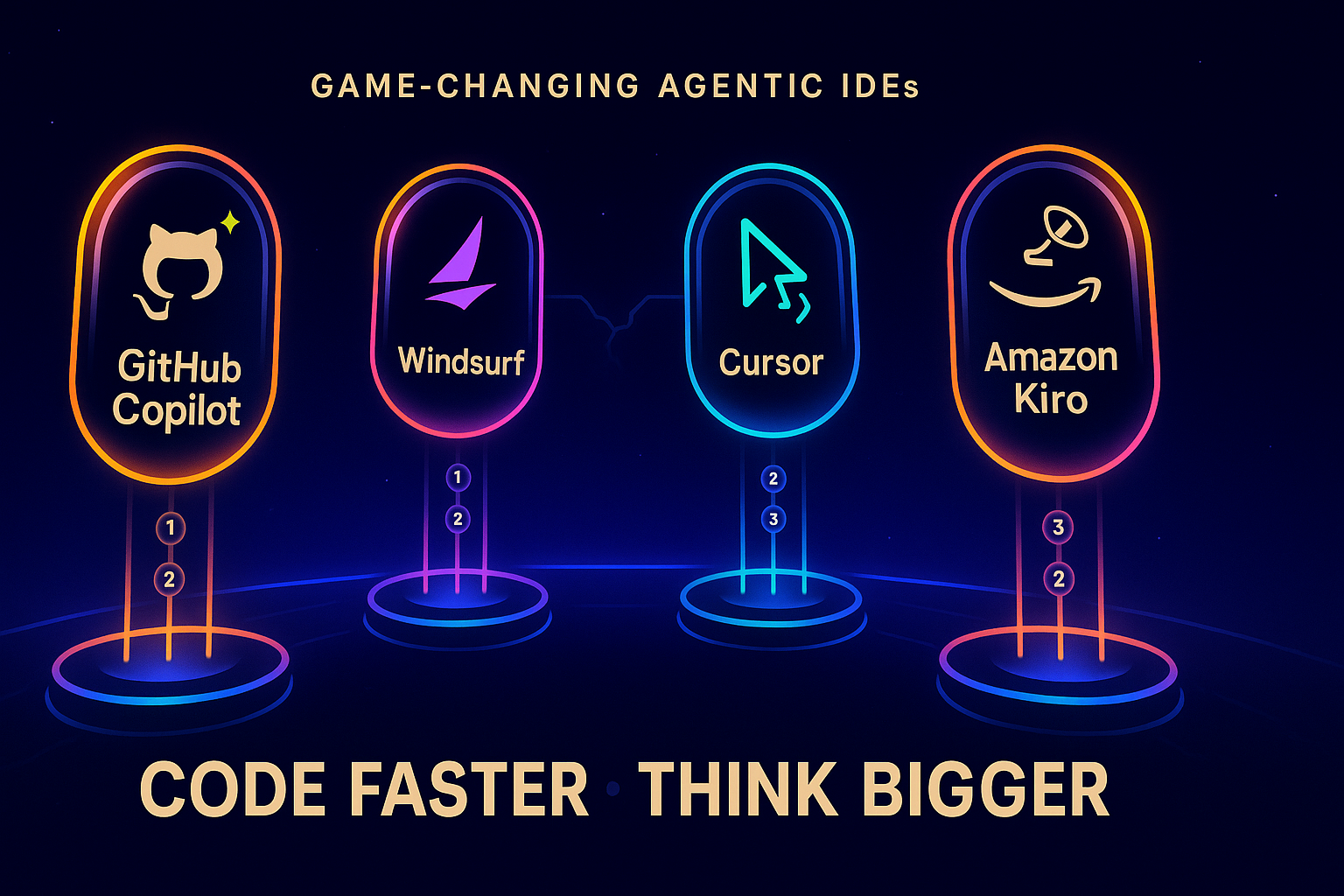Getting Started with n8n + A Quick Workflow Example
Daniela Joaquin2025-09-04T15:10:12+00:00In a world full of repetitive tasks, automation is not a new thing. For years, humanity designed machines and systems to take over the monotonous or large-scale work from humans. We've come a long way from industrial automation, it now uses the algorithms to create system that can automatically check, send, or even sort your emails and documents, manage your store's inventory, and even drive (would I still need a license in this case?). With all the power automation gave us, we still crave more. We thought 'what if automation could learn, adapt, and create?' a thought that is coming into reality [...]

